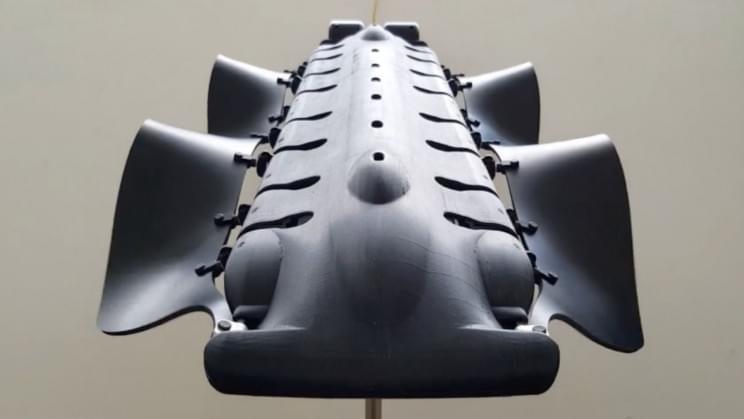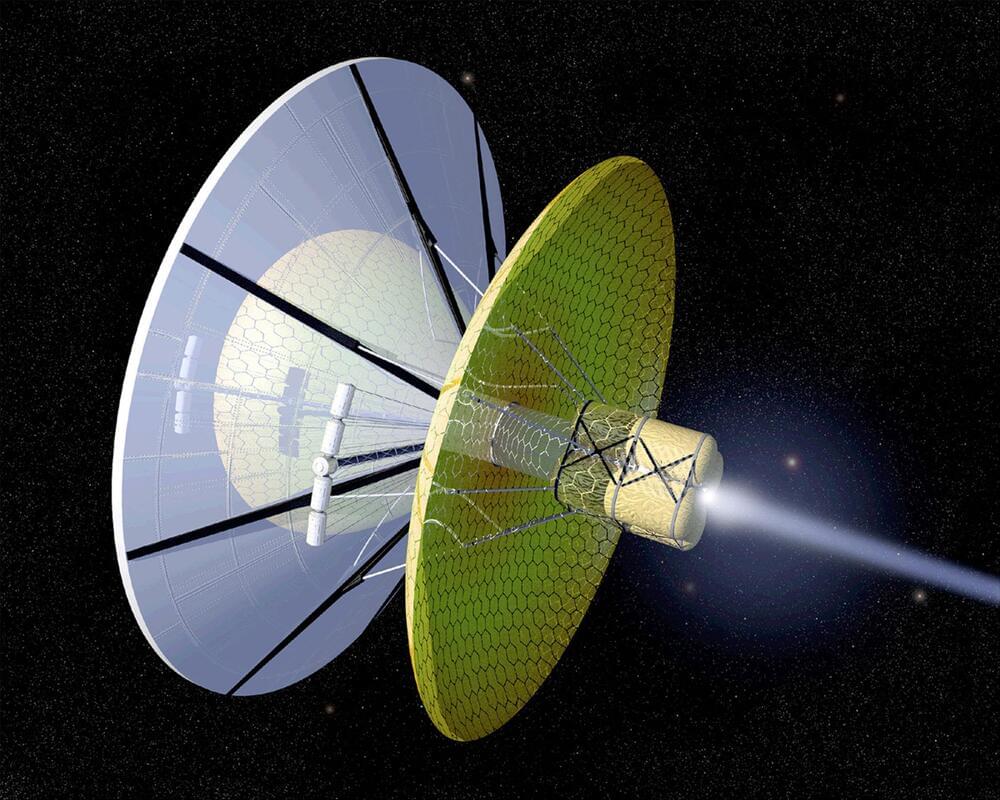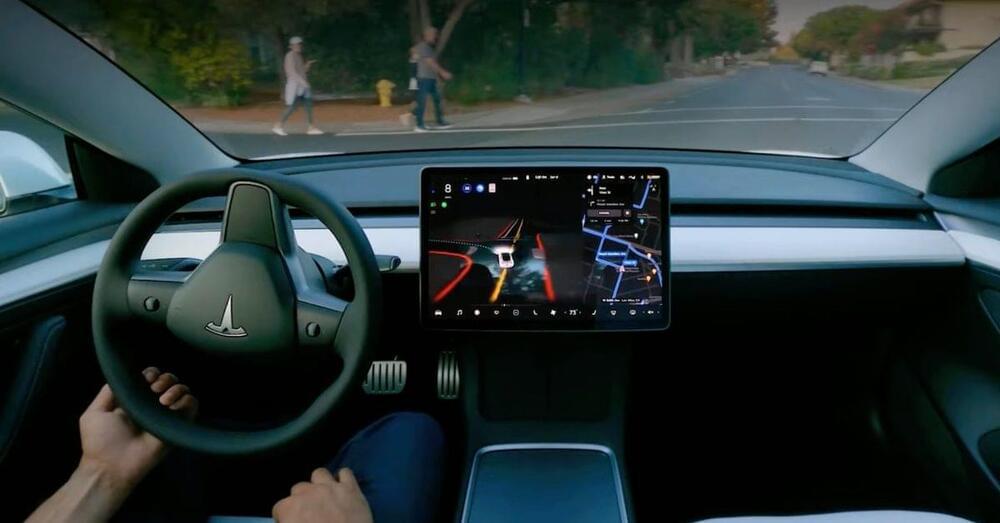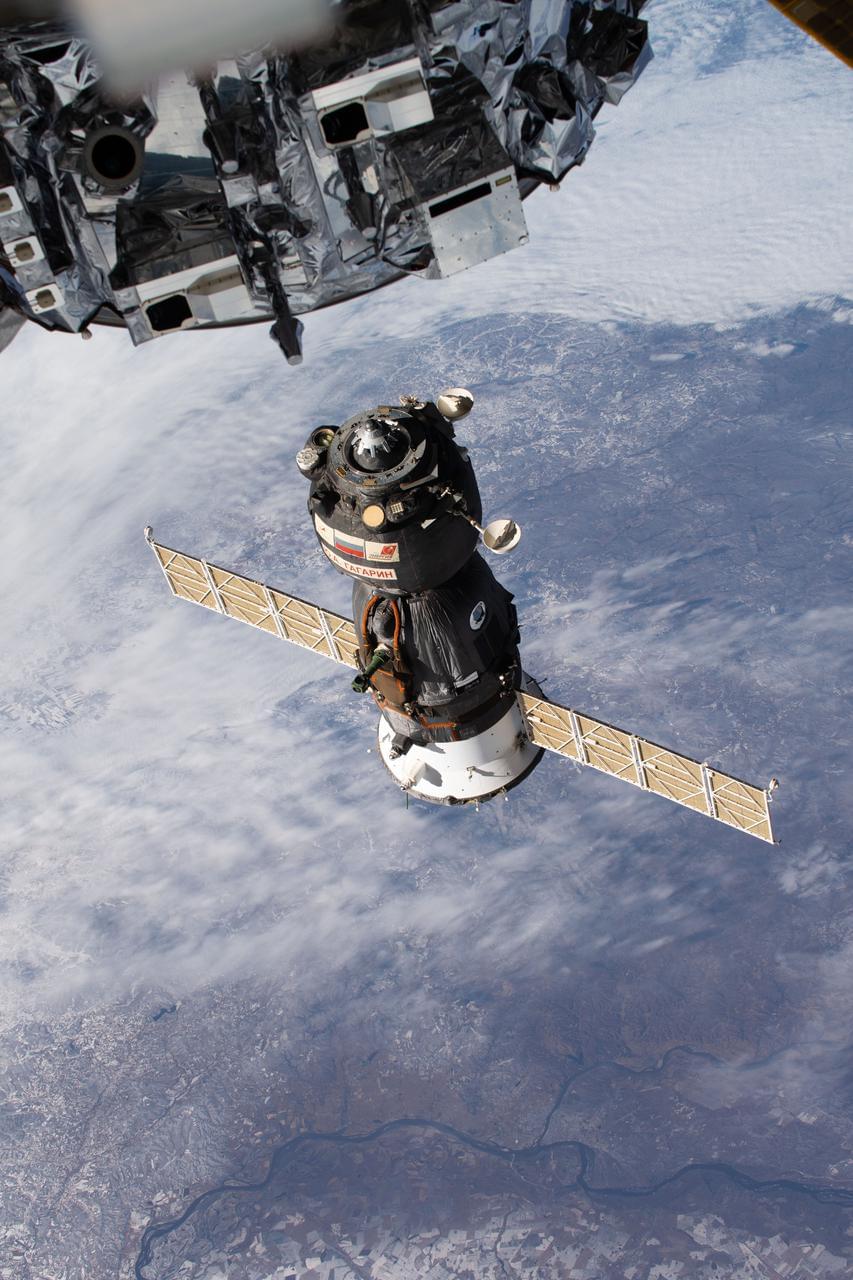JF-22 will reach speeds of up to Mach 30.
A Chinese physicist revealed that a new wind tunnel in Beijing will “soon” be unveiled that will put China decades ahead of the rest of the world when it comes to testing hypersonic weapons technology, a South China Morning Post article reveals.
In an online lecture last week, Han Guilai, of the Chinese Academy of Sciences, revealed new information about the JF-22 wind tunnel in Beijing, which will be capable of simulating flights at Mach 30 — 30 times the speed of sound and approximately 6.2 miles (10 km) per second. The launch date for the JF-22 wind tunnel is currently classified.
Flying at Mach 30 is like ‘swimming in mud’ During the lecture, Guilai said that the enhanced capabilities of this new wind tunnel, added to the existing research capacity of China’s existing facilities, would put the country “about 20 to 30 years ahead” of the West. China’s next most powerful wind tunnel is JF-12, which runs at a fifth of the power output of JF-22.
Hypersonic wind tunnels in the U.S. include the Hypersonic Tunnel Facility (HTF) at NASA’s Neil A. Armstrong Test Facility in Sandusky, OH. That tunnel (pictured above), which was originally built to test nuclear thermal rocket nozzles, can test hypersonic flight up to Mach 7.
Full Story:









